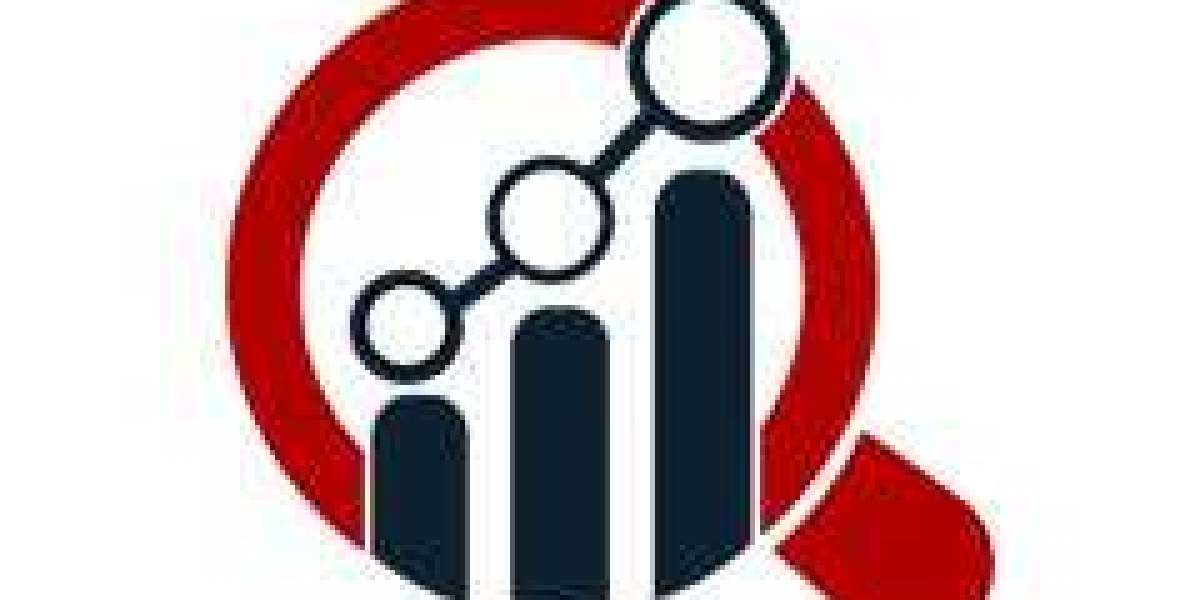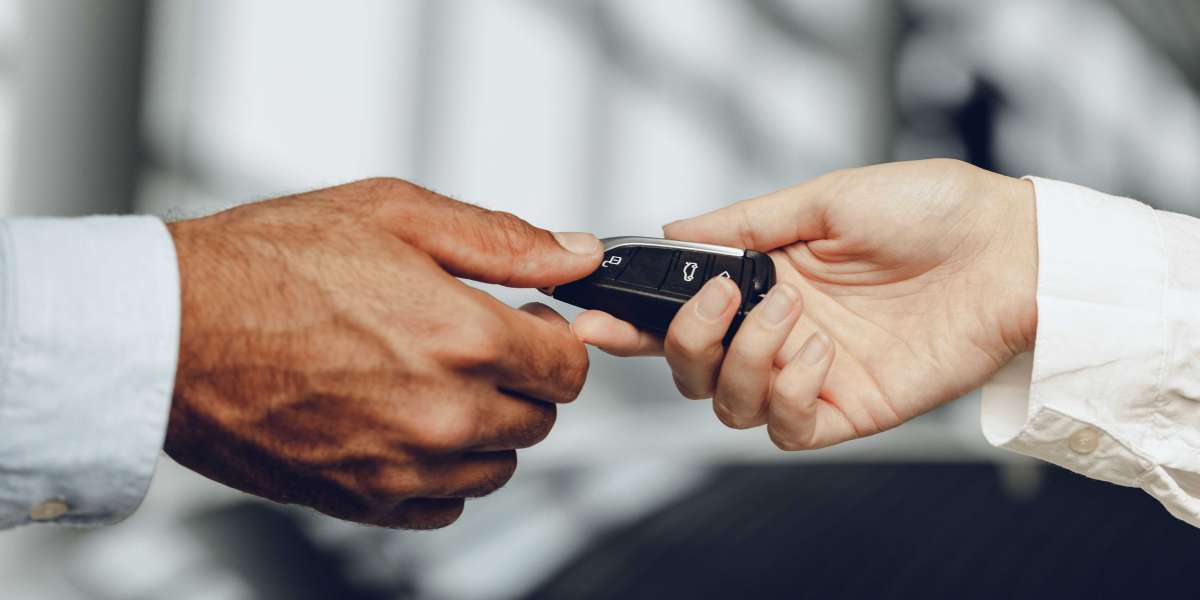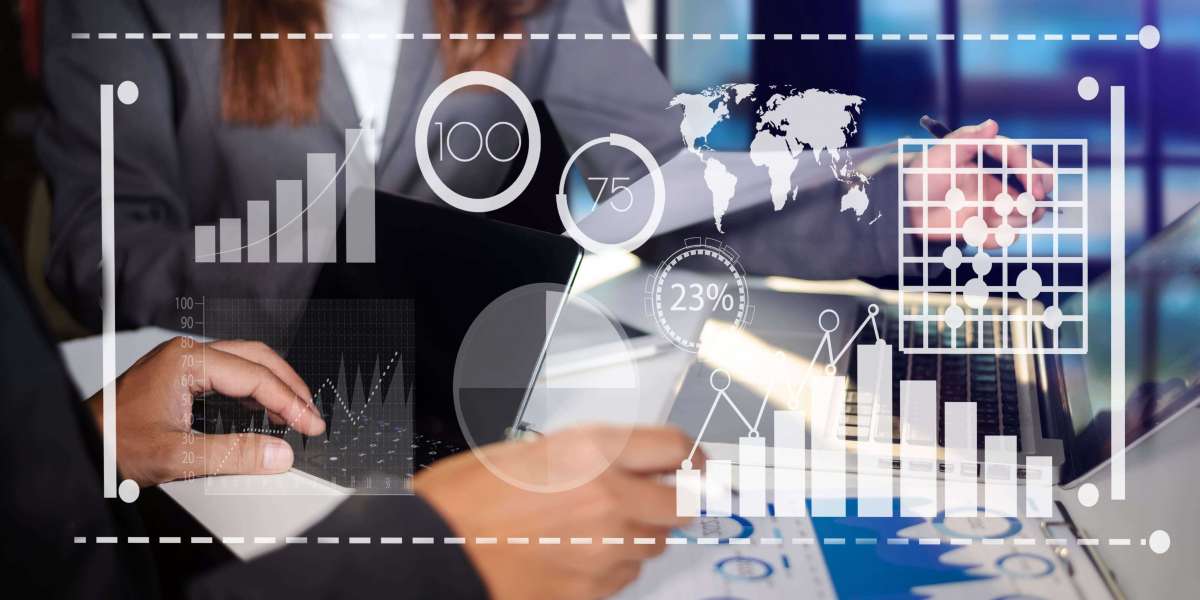Eyes Everywhere: Remote Patient Monitoring Devices Usher in Proactive Healthcare
The way healthcare is delivered is undergoing a fundamental shift, moving beyond the confines of clinics and hospitals and into the daily lives of patients. At the heart of this transformation are remote patient monitoring (RPM) devices, a growing array of technologies that allow healthcare providers to track vital signs and health data from afar, enabling proactive interventions and a more continuous model of care.
A Constellation of Connected Health Tools
The landscape of remote patient monitoring devices is diverse and rapidly expanding. From wearable sensors like smartwatches and fitness trackers that monitor heart rate and activity levels, to sophisticated at-home devices measuring blood pressure, glucose levels, oxygen saturation, and even conducting electrocardiograms (ECGs), these tools provide a constant stream of health information. Connected scales track weight fluctuations, while specialized devices can monitor sleep patterns and even detect falls. The common thread is their ability to securely transmit this data to healthcare professionals, allowing for timely insights and interventions.
Empowering Patients and Proactive Prevention
The benefits of remote patient monitoring devices are multifold. For patients, RPM offers greater convenience and independence, allowing them to manage chronic conditions from the comfort of their homes, reducing the need for frequent and often burdensome in-person visits. This constant connection to their healthcare team can also empower them to take a more active role in their own well-being, fostering better adherence to treatment plans and promoting healthier lifestyle choices.
For healthcare providers, RPM offers a more holistic view of a patient's health status, enabling early detection of potential problems before they escalate into serious medical events. This proactive approach can lead to timely interventions, reducing hospitalizations, emergency room visits, and ultimately, healthcare costs. The ability to monitor multiple patients simultaneously also allows for more efficient resource allocation and better prioritization of care.
Overcoming the Hurdles to Widespread Adoption
Despite the clear advantages, the widespread adoption of remote patient monitoring devices faces certain challenges. Ensuring the accuracy and reliability of data transmitted by these devices is paramount, requiring rigorous validation and quality control. Robust data security and privacy measures are also essential to protect sensitive patient information. Integrating the data from various devices into existing electronic health record (EHR) systems and developing user-friendly interfaces for both patients and providers are crucial for seamless implementation. Furthermore, ensuring equitable access to these technologies across all socioeconomic groups remains a key consideration.
The Future is Remote and Responsive
The remote patient monitoring devices market is poised for significant growth, driven by technological advancements, an aging population, and the increasing prevalence of chronic diseases. 1 The integration of artificial intelligence (AI) into RPM systems promises even more sophisticated capabilities, including predictive analytics that can identify patients at high risk of deterioration. As these technologies continue to evolve and become more seamlessly integrated into the healthcare ecosystem, remote patient monitoring devices will undoubtedly play an increasingly vital role in shaping a future where healthcare is more proactive, personalized, and accessible to all.








